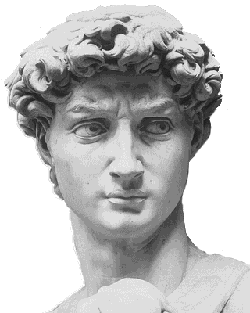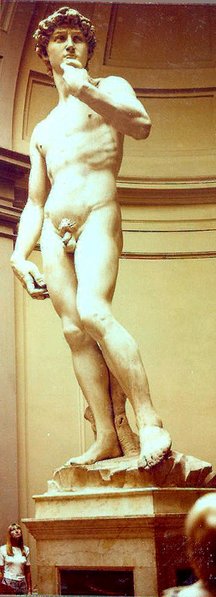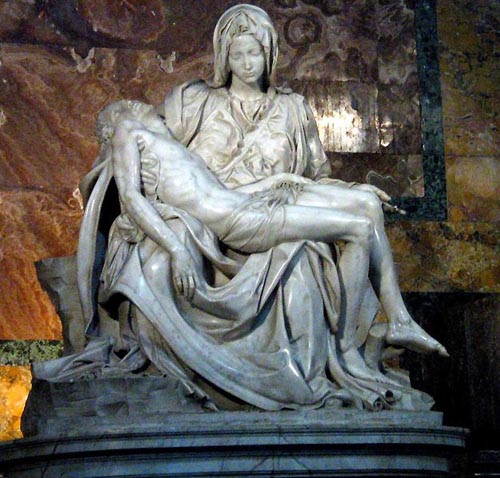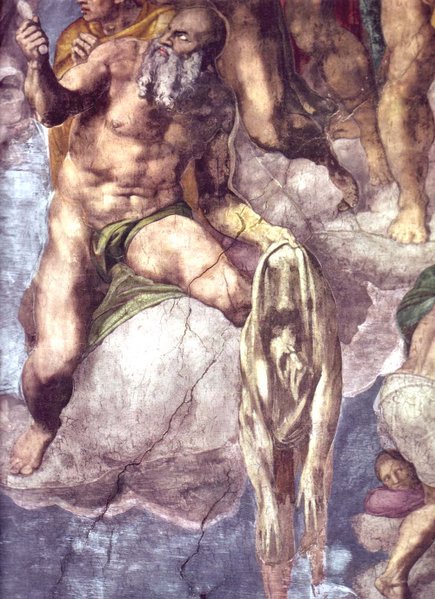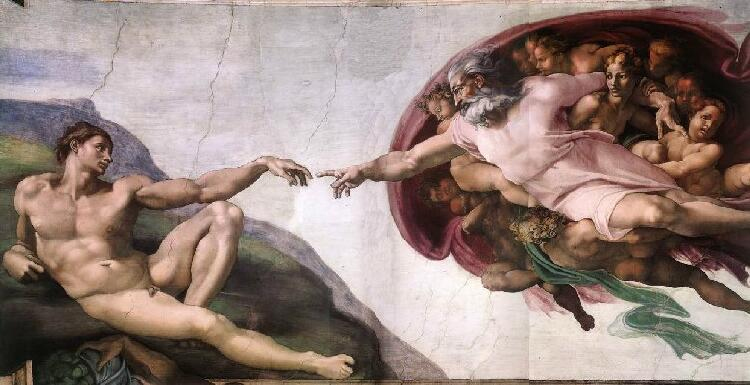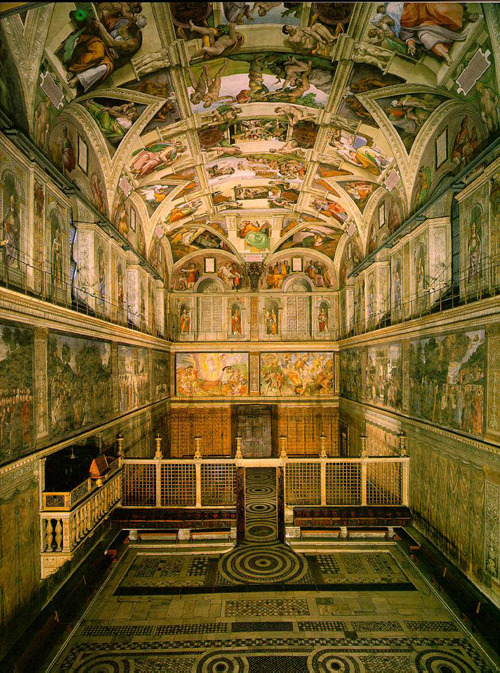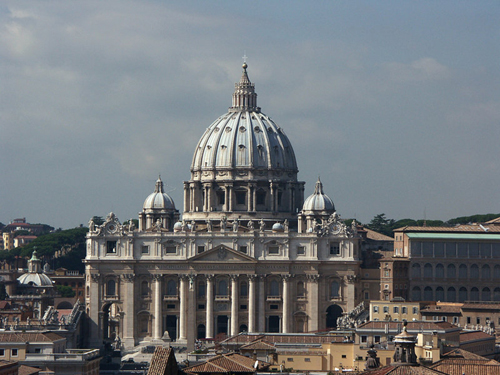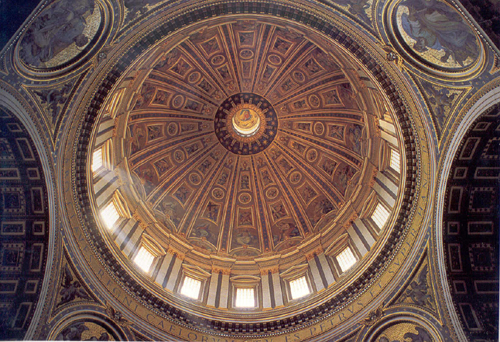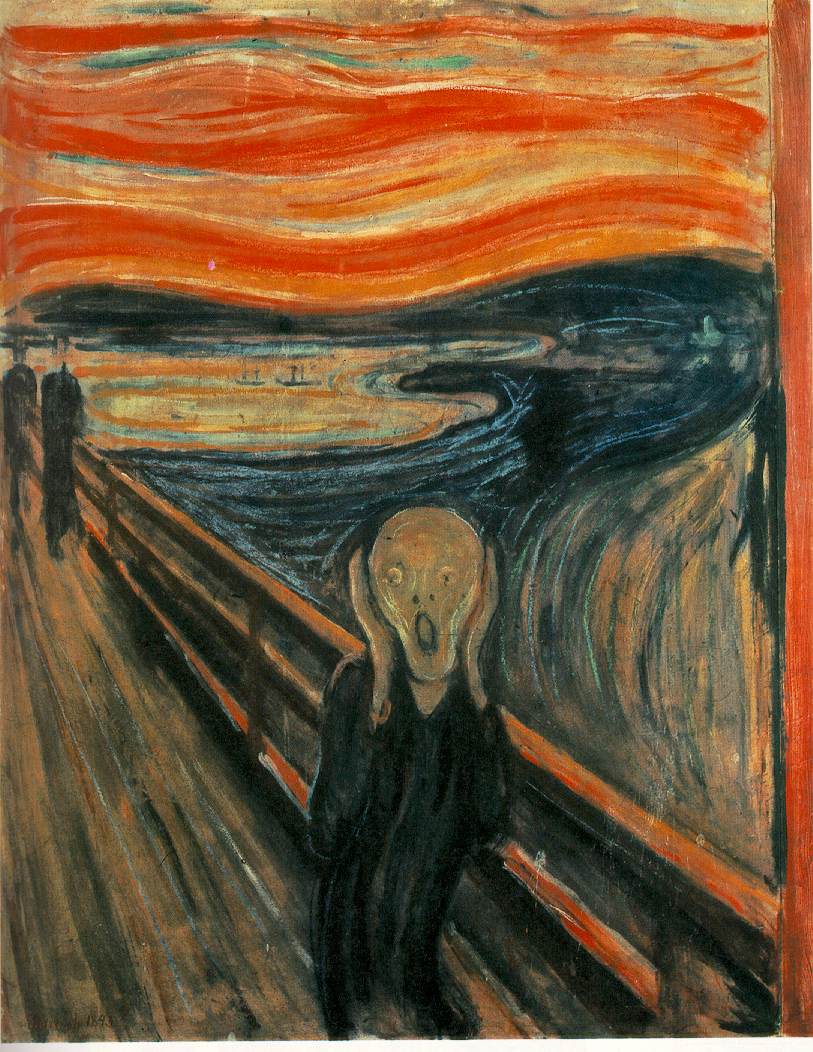Claude Lorrain
Text courtesy of jmw-turner which's text is in turn courtesy of Microsoft Encarta.
Claude, who was also known by his pseudonym Le Lorrain, or as Claude
Lorraine, was born in the duchy of Lorraine (from which his name is derived). He traveled to Rome before he was 20 years old and, with the exception of one trip back to France from 1625 to 1627, he lived in Rome all his life. His principal teacher was the Italian painter Agostino Tassi, who taught him the elements of landscape, seascape, and perspective. He was also influenced by the German painter Adam Elsheimer, whose strong depiction of light Claude adapted and refined, and by the Italian painters Annibale Carracci and Domenichino, whose monumental landscapes led him to enlarge his scale. The gradual evolution of Claude's style falls into three main periods. In the first, his landscapes often featured slanting light and employed other experimental lighting effects. He also painted idealized scenes of seaports, usually with ships at anchor in a harbour flanked by palaces. In Harbour Scene (1634, Hermitage, St Petersburg) he shows the sun on the horizon, and characteristically uses the sun to give the painting depth. Forgeries of his work began to appear in the 1630s, and to aid to their identification Claude began
compiling his Liber Veritatis ("Book of Truth"; British Museum, London) in about 1635. In it he sketched drawings of almost all his paintings, creating a record of his work. In the second phase, which began after 1640, his paintings became more tranquil, bathed in a warm, even light. Their subject matter is drawn from Classical or biblical sources, as in Landscape: The Marriage of Isaac and Rebekah (1648, National Gallery, London). During the 1660s, the third phase, although Claude continued to work in his prior mode, some of his works showed a tendency towards a more visionary, symbolic style, with a colour range of cool, silvery tones and a renewed use of dramatic lighting.
Claude died in Rome on November 23, 1682. His art influenced later Dutch, French, and especially English landscape painters through the middle of the 19th century. J. M. W. Turner was especially indebted to Claude and was inspired by his compositions.
The Embarkation of St. Ursula

Landscape with Arscanius Shooting a Wild Stag






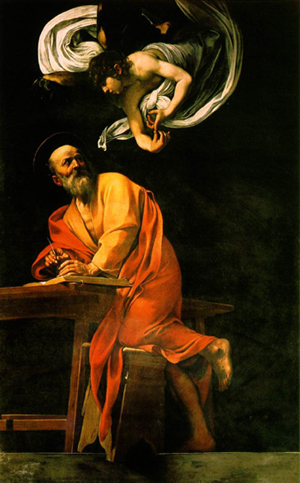
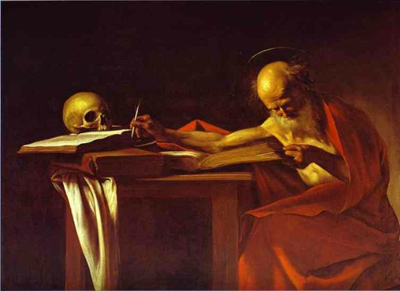
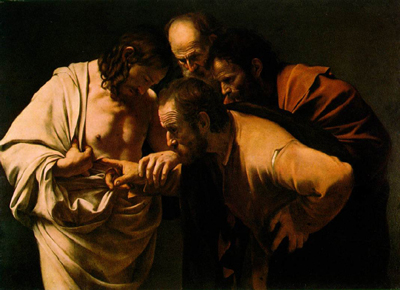


 Reply With Quote
Reply With Quote















